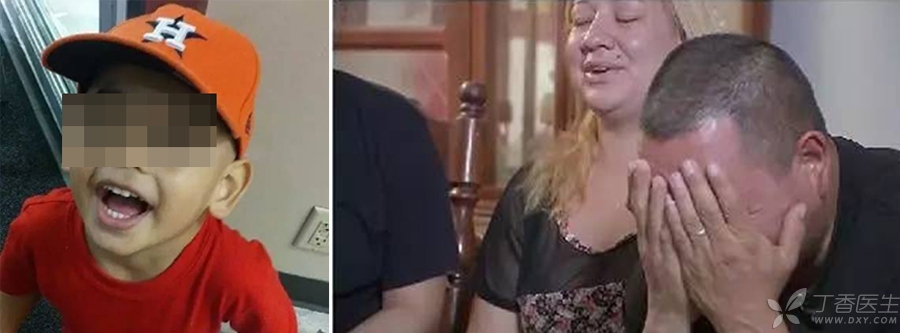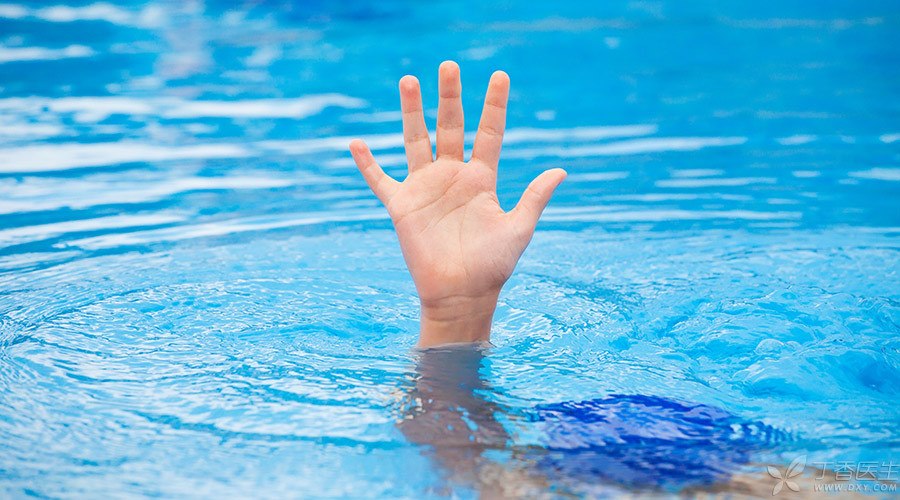
In recent days, an article has been flashed in Dr. Clove’s circle of friends:
This article mentioned a 4-year-old American boy who went swimming in the dam with his parents.
In the process of swimming, the child was plunged into the water by a wave. After being rescued, the child said there was nothing uncomfortable.
The next day after the child returned home, he began to vomit and diarrhea. His family didn’t pay much attention to it. However, a week later, the child suddenly stopped breathing and heartbeat, and he was unable to recover after being sent to the hospital.
The doctor gave the cause of death: drowning. He called it [dry drowning].

Many people came to ask Dr. Clove:
What is dry drowning?
I took my children to swim, and now it seems nothing, will I drown in dry sex?
Dr. Clove invited the emergency Nighthawk to analyze the matter with everyone.
Dry drowning is a real thing.
There is a process of drowning. When drowning just now, the drowned person will hold his breath automatically, and then he will not be able to hold his breath. Water will enter his throat, causing involuntary laryngeal spasm.
Because laryngeal spasm, respiratory tract obstruction, may cause asphyxia death. At this time, there is no water in the lungs or very little water has entered, which is called [dry drowning].
As the drowning time is prolonged, the oxygen in the drowned person’s blood is further reduced, laryngeal spasm is relieved, and then water enters the lungs, which is called “wet drowning”.
However, a small number of drowned people did not look uncomfortable on the surface when only a small amount of water was inhaled into their lungs after being rescued ashore. However, in the following hours or even 72 hours, they suffered from severe dyspnea and even life-threatening. This is called [secondary drowning]. In fact, this is a continuous pathological change process after drowning.
However, whether it is dry drowning, wet drowning or secondary drowning, The symptoms of respiratory system should be given priority to. Most people are familiar with the symptoms of dry drowning and wet drowning, such as breathing, weakening or even disappearing of pulse, coma, etc. However, secondary drowning is typically characterized by persistent cough, rapid breathing, dyspnea, chest pain, mental illness or love to sleep, fever, emotional abnormalities, etc.
In this news, the little boy’s performance obviously did not conform to the symptoms of drowning. It is far-fetched to say that he died of dry drowning.
However, the baby usually chokes on drinking water and milk. It is not dry drowning, nor will it drown twice. There is no need to panic.

What if there is drowning?
As the saying goes, be prepared for danger. Summer is coming and the weather is getting hotter and hotter. Every parent should master the first aid method for drowning.
1. Awake, breathing and pulse
Call 120, accompany the drowned person, keep warm, wait for rescue personnel or send to hospital for observation.
2. Coma (no response to call), breathing and pulse
Call 120, clean up foreign bodies in nose and mouth, stabilize the lateral position, and wait for rescue personnel. Closely observe the respiratory pulse of the drowned person, and cardiopulmonary resuscitation if necessary.
3. Coma, no breathing and pulse
Similar to the state of “fake death”, drowning person may have laryngeal spasm, no breathing, and weak pulse is on the verge of stopping. At this time, only open airway and artificial respiration are given, and the pulse and heartbeat can increase rapidly. After resuming breathing, you can lie on your side and wait for rescue personnel.
4. Coma, no breathing and no pulse (cardiac arrest)
Immediately clean up foreign bodies in nose and mouth, open airway, artificial respiration and chest compression, i.e. Adopt the traditional A-B-C cardiopulmonary resuscitation first aid sequence. Remember to call 120 at the same time and continue the resuscitation until the patient’s respiratory pulse recovers or the first aid personnel arrive.
Click to view the method of cardiopulmonary resuscitation (artificial respiration and chest compressions)
Ding Ma reminded everyone once again that after the drowned person was rescued ashore, there was no need to control the water under any circumstances. It was useless and harmful to control the water with the back upside down or to press the back against the abdomen with the knee.
